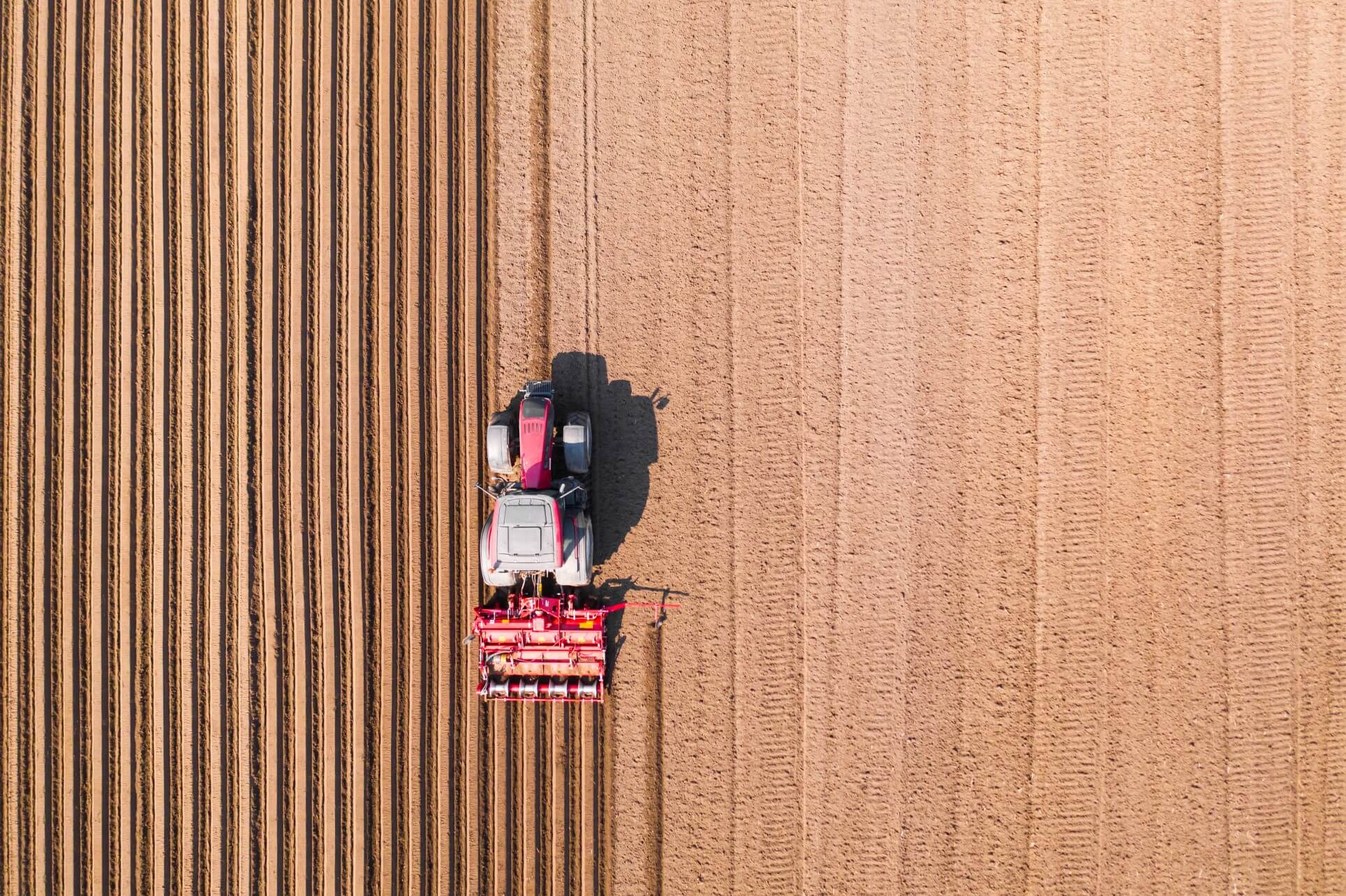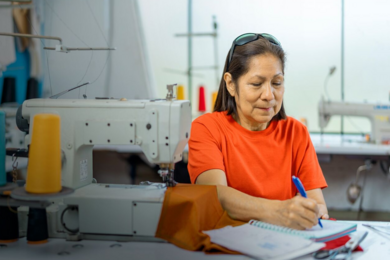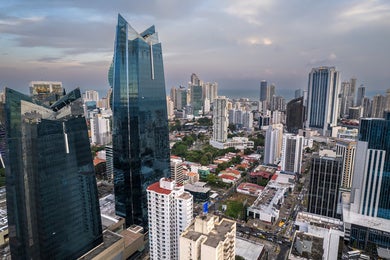Here’s the New Ecological Alternative to Traditional Textile Fiber, Made in Latin America
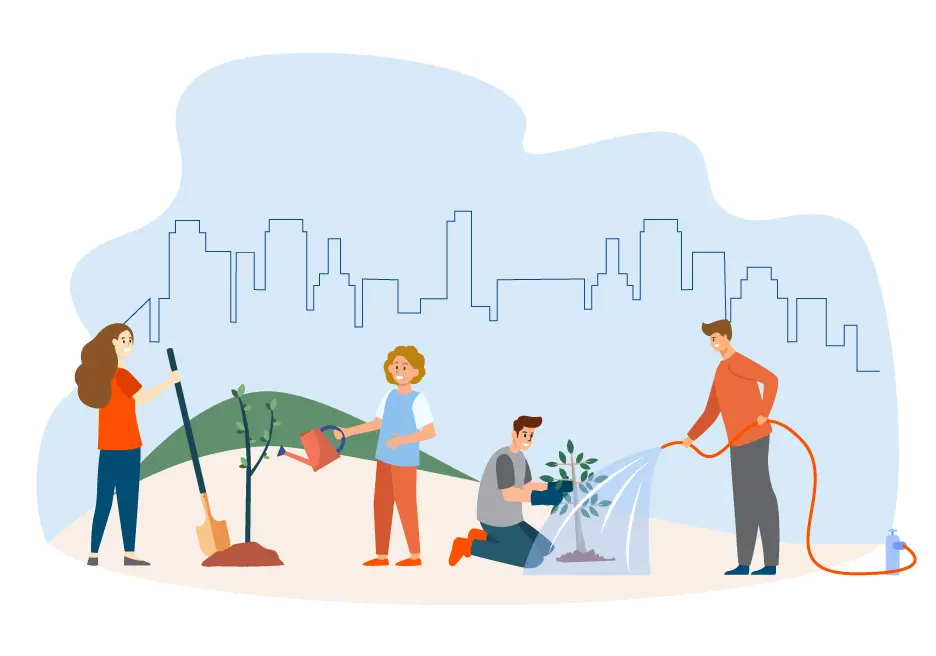
Earth Day is a great time to remember that transitioning to a greener economy will not be possible unless it helps create profits.
We all understand the need for sustainable resource management and greater end-product traceability. As end consumers, we are rapidly becoming aware of this. That is why businesses that offer environmentally friendly products, and are also cheaper than those they substitute for, are set for success.
Cellulose fiber – a textile alternative to cotton and polyester – has all of those characteristics. Accounting for about 6% of the textiles currently produced, this product is made from wood-pulp-based textile fibers, which is why it is biodegradable.
Cellulose fiber is not only used to manufacture textiles, but also the protective masks we use today and hygiene products, and even in home thermal insulation which helps save heating costs, and is more easily recyclable than other insulation products.
At the heart of this almost miraculous product is dissolving wood pulp (DWP), which is produced in wood pulp mills located in areas with abundant natural resources, such as a large part of Latin America and the Caribbean (LAC).
It should be made clear at this stage that this wood comes from sustainably managed certified forests. The fiber is not produced by razing the Amazon Rainforest, but by planting dedicated forests, which are maintained and replanted to ensure production.
Only last year IDB Invest jointly led an ambitious US$1.1 billion financing package for Brazil's LD Celulose to build one of the world's largest dissolving wood pulp plants in the state of Minas Gerais.
Emblematic and award-winning, this project involved the Finnish state export-credit agency Finnvera and seven commercial banks. The plant seeks to become the most efficient facility on a global scale and to strengthen the Brazilian pulp industry competitiveness, while supporting the country's efforts to mitigate climate change.
LD Celulose is building a DWP plant and a 144-MW cogeneration plant. This will have additional positive impacts on the environment, feeding renewable energy into the public grid in the form of bioelectricity. The company will also sustainably plant and manage about 70,000 hectares of eucalyptus forests, which are expected to produce 50,000 tons of DWP per year.
Brazil is one of the most efficient pulp-producing countries in the world, mainly due to its favorable climate and soil conditions, and its high forest productivity. The sector employs some 350,000 people, mainly in rural areas, and accounts for 4.2% of the country's exports.
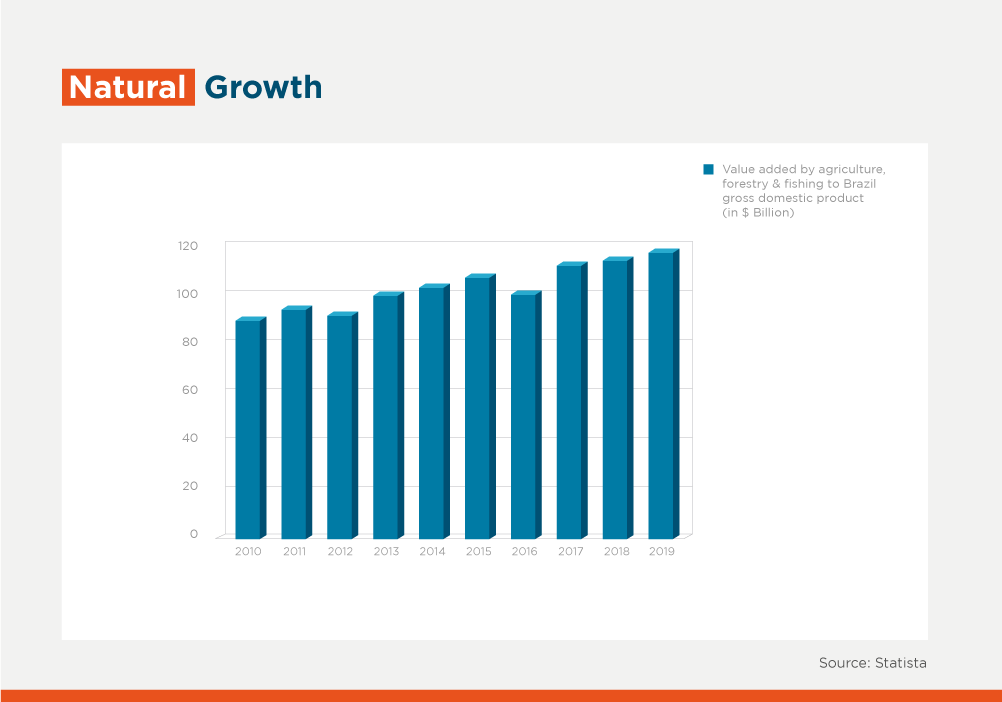
The key to the cellulose fiber success lies in its mix of low cost and low climate impact. As incredible as it may seem, the global textile industry produces more CO2 emissions than all international flights and shipping movements combined. This is why high-tech alternatives to available products have been sought for years.
One of the keys to the problem is that conventional textiles are not biodegradable: they are used for a while, and then end up in landfills or incinerated. Additionally, when some textiles are washed, they release plastic microfibers, 500,000 tons of which are dumped into the ocean each year. Because it is organic, cellulose fiber has neither of these problems.
More advantages? Water consumption is considerably reduced as manufacturing cellulose fiber requires much less water than manufacturing conventional fibers. It has even reached the fashion industry, with collections made entirely from this type of textile..
The planet is at a crossroads, and greener production models are essential to ensure the future of humanity. IDB Invest —and many other entities— will continue to focus on new technologies, such as this one. This approach is key to implementing our Investing in Reversing strategy, which seeks to catalyze resources for sustainable projects in the real economy with a multiplying effect.
LIKE WHAT YOU JUST READ?
Subscribe to our mailing list to stay informed on the latest IDB Invest news, blog posts, upcoming events, and to learn more about specific areas of interest.
Subscribe